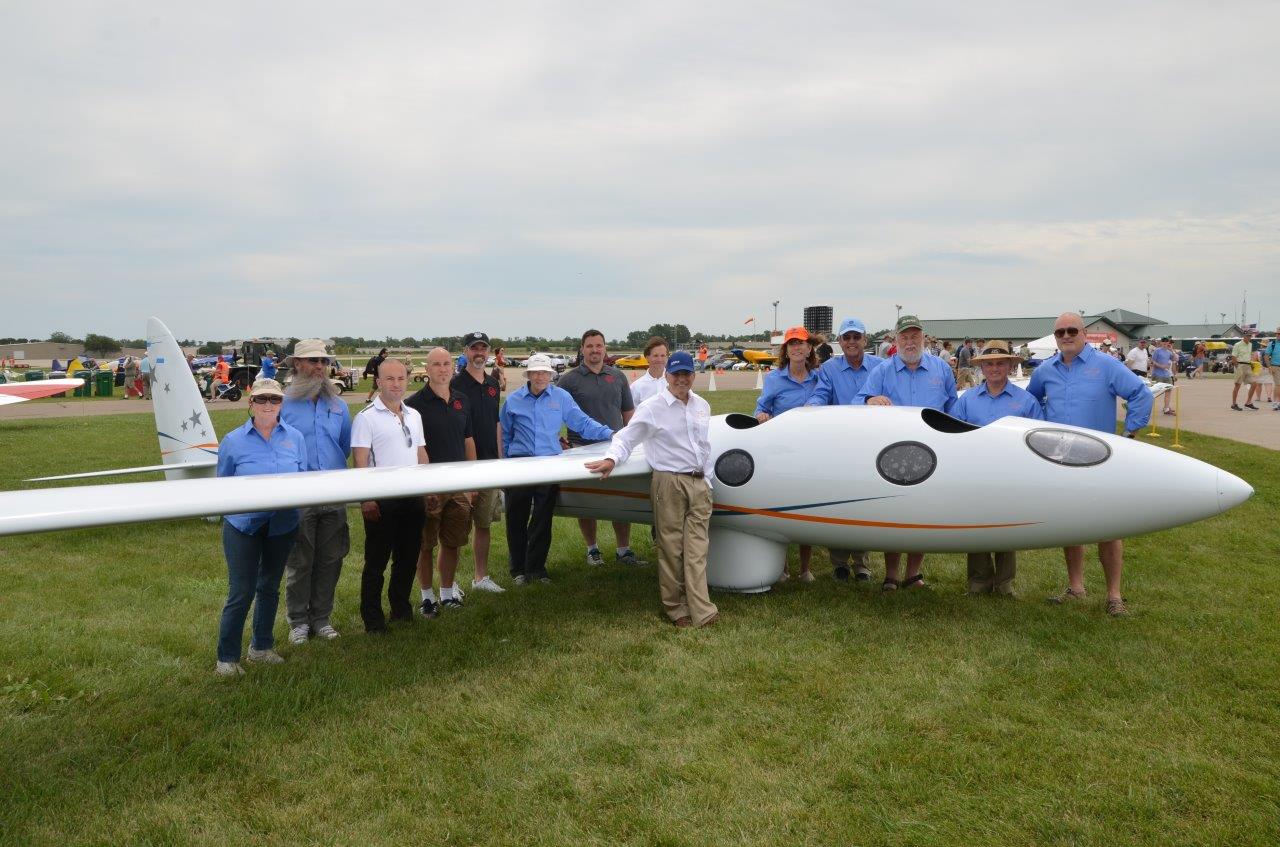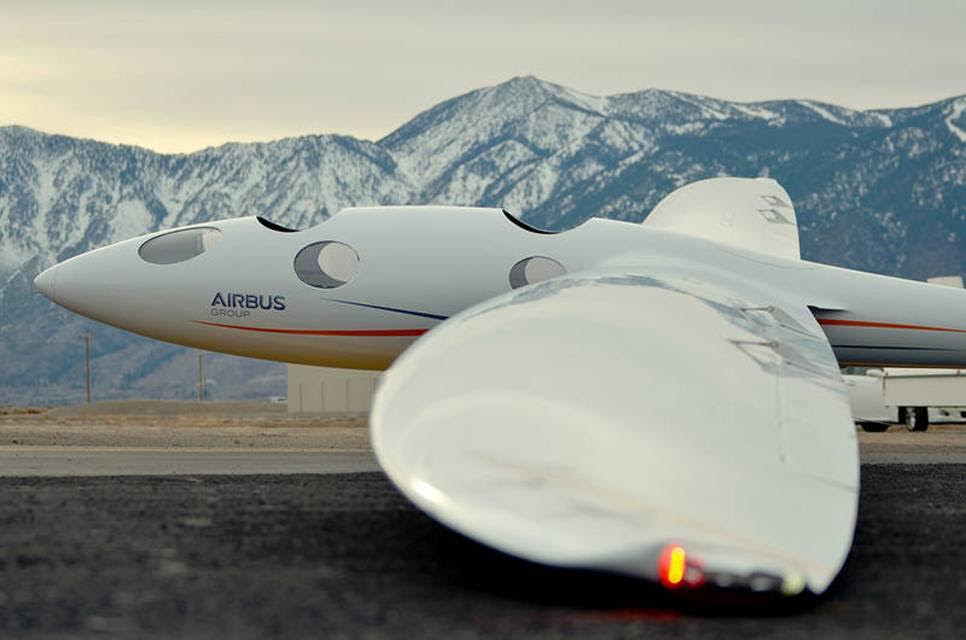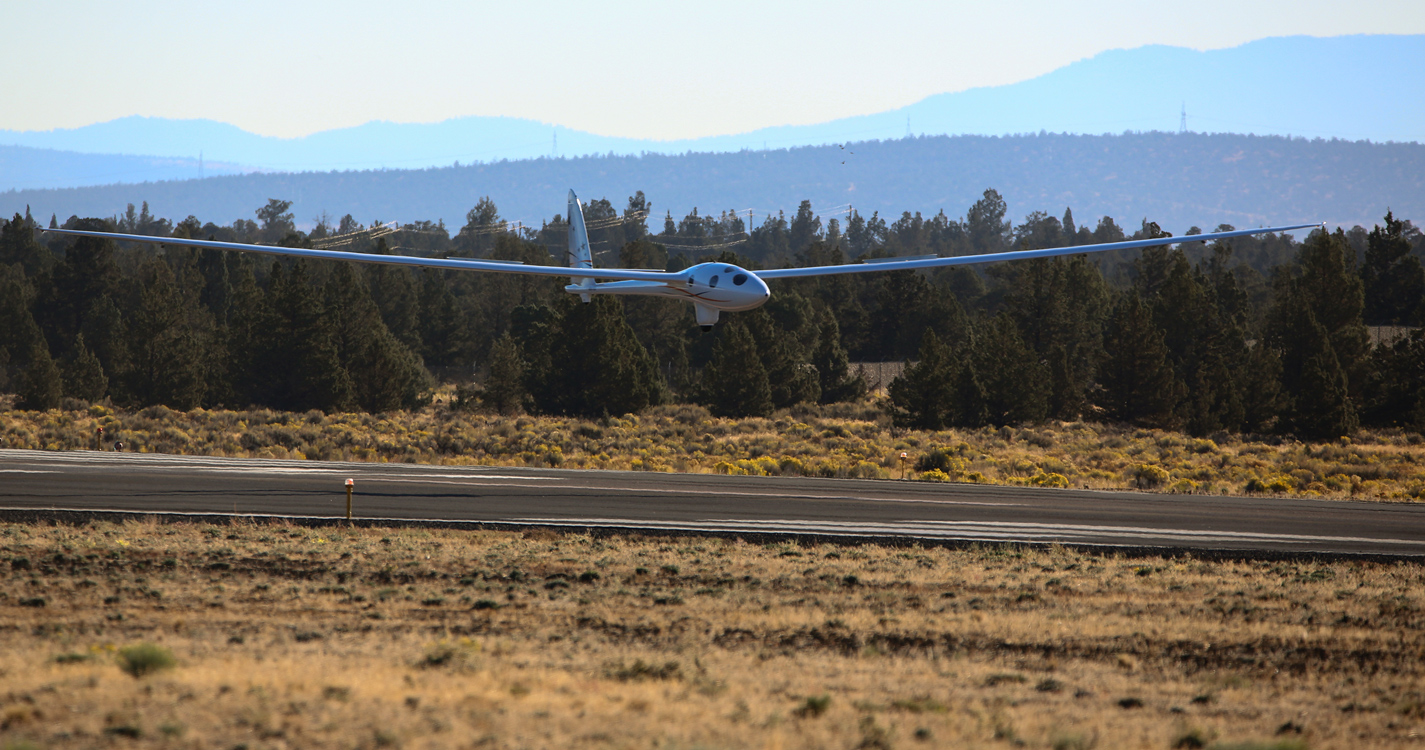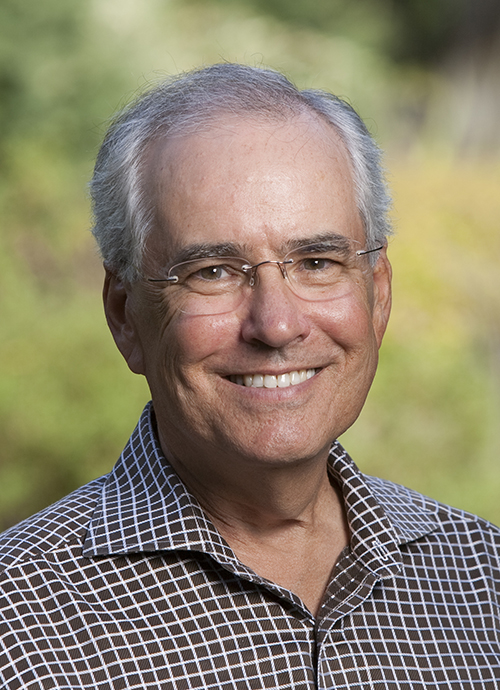When he’s not teaching strategy to Willamette MBA candidates, Ed Warnock leads a team of scientists, engineers and aviation experts with a soaring ambition: to catch an atmospheric wave and surf the stratosphere.
Warnock is the CEO of the Perlan Project, sponsored by Airbus. The project, which aims to build a glider capable of riding mountain air currents to 90,000 feet, is poised to set a new altitude record for wing-borne flight.
The project has been featured in the Smithsonian’s Air and Space magazine and the Washington Post. If this summer’s 55,000-foot record-breaking attempt in the Andes is successful, the team will aim higher, increasing the “operating envelope” in 5,000-foot increments until they’re ready to reach 90,000 feet in El Calafate, Argentina next year. If the project successfully breaks the SR-71 Blackbird’s sustained-flight altitude record of 85,069 feet, the Smithsonian wants to display the glider in its National Air and Space Museum, one of the most-visited in the country.
Before he left for Argentina to oversee final preparations and tests, we asked Warnock about leading the Perlan Project.
What inspired you to take on the role of CEO for the Perlan Project?
When I was a little kid, my goal in life was to grow up and be a pilot. I wound up eventually studying aerospace engineering, and, after working for the Navy for a while, I went off to be a bush pilot in the Philippines and in Africa.
After coming back from Africa, I became a recreational soaring pilot. When I learned somebody was going to attempt to go the edge of space in a glider, I wanted to be a part of such an interesting project. It tickled my interest in research and science.
I’ve always enjoyed being airborne. There’s something exciting about looking at clouds from above – seeing the world from an eagle’s viewpoint.
How did you apply to the Perlan Project the techniques on strategy that you teach in your MBA class?
We used all of the techniques that we cover in class at Willamette.
The first step is to envision where you would like to go. Then you assess the feasibility of such a goal before building a step-by-step plan. The plan should include timeline, intermediate accomplishments, milestones and outcomes that need to be achieved, as well as risks to the project.
In fact, our partner for the project, Airbus, mentioned that our well-organized and exceptionally capable team delivered the strongest sponsorship proposal yet. So, to some degree, what we teach at Willamette was responsible for getting the Perlan Project a major sponsor.
What are the major flight risks for the project?
Life support has been the biggest challenge. Because we’re not using powerful rocket motors to reach 90,000 feet, we’ve had to design and build from scratch a capsule that is extremely light and tough. Made of carbon fiber, the engineless aircraft has to protect two crew members at the edge of space.
The consequences of failure at such high altitude could be dire. There’s so little air pressure that you’d swell to twice your normal size, your blood would boil, and all the water in your body would turn to gas. I understand that’s an uncomfortable experience.
What scientific work will the glider do?
The project will allow us to study the impact of stratospheric mountain waves on weather patterns. We are going to be flying in an atmosphere that approximates what people will find on Mars, so the project could teach us more about whether it’s possible to use wings to fly across Mars or whether Martian exploration will have to be done with rockets, balloons or something else.
We also want to inspire young people to never give up on curiosity, to live seeking answers to interesting questions. Toward that end, 10 K-12 classes have built experiments that we’re going to carry on the Perlan. One of them is from the Oregon Museum of Science and Industry and has been developed by five-year-olds! They’re creating hypotheses around the important issue of what would happen to a marshmallow at the edge of space, and, after the project’s successful return, we’ll visit their classes to discuss the results of our experiments.
What have you learned so far?
The Perlan Project has taught me how to be a leader when you have the least experience and least knowledge in the room. The crew and team has experts in every field who exceed my knowledge by orders of magnitude. So it’s been an exercise in leading people who are better than you are.
One of the practical lessons in a situation like this is to ask lots of questions, to use your experts. If you don’t know what specific questions to ask, you could ask whether there are specific issues that could endanger the flight, reduce the reliability of a system or delay a planned launch. Ask for proposed solutions.
As a proposal arises, you might say, “That’s the mechanical engineer’s idea; what are the impacts of her solution on aerodynamics, electronics or life support?”
If you’re ready to move forward with a decision, make sure everyone is prepared to support the proposed solution. When everyone on the team agrees, announce the decision and move forward.
After the record-setting flight, what’s next?
Airbus asked me to work on a consortium with European universities to broaden the research we’re doing. We have a university intern and would like to work with more students, so I’ll put more of my attention into the educational aspects of the Perlan Project. We would also like to bring the project to the northern hemisphere, possibly exploring the polar vortex of Scandinavia.
Personally, I’d like to get back to flying gliders. Between teaching and being the CEO of the Perlan Project, I’ve gone many a Saturday and Sunday deciding not to go flying because I had a lot of work to do. I look forward to soaring and seeing the world again through the eyes of an eagle.




